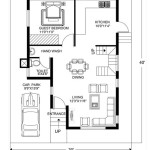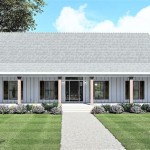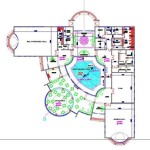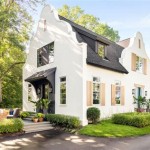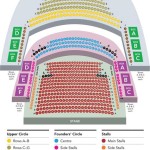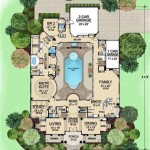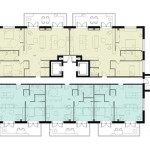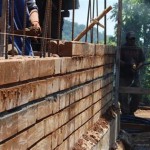Reverse House Plans: A Guide to Designing Homes for Accessibility and Multigenerational Living
Introduction:
Reverse house plans, also known as upside-down houses or flipped houses, are gaining popularity due to their unique design approach and functional benefits. These plans place the living areas, such as the kitchen, dining room, and living room, on the upper floor, while the bedrooms and bathrooms are typically located on the lower level. This innovative layout offers numerous advantages, including accessibility, multigenerational living options, and stunning views.Benefits of Reverse House Plans:
1.Accessibility:
Reverse house plans are often designed to be more accessible for individuals with mobility challenges, seniors, or those who prefer single-level living. With the primary living areas located on the upper floor, there's no need to navigate stairs to access the main parts of the home. This layout reduces the number of steps one has to climb daily, making it safer and more convenient for those with mobility limitations. 2.Multigenerational Living:
Reverse house plans are ideal for multigenerational families or those who want to live close to aging parents or adult children. The separation of living spaces allows for privacy and independence while still maintaining a sense of togetherness. The lower level can be designed to accommodate private bedrooms, a family room, and even a separate kitchen, creating a self-contained living space for extended family members. 3.Views and Natural Lighting:
The elevated position of the living areas in a reverse house plan offers panoramic views of the surrounding landscape. Large windows and sliding doors can be incorporated to capture natural light and bring the outdoors in. This design maximizes the enjoyment of scenic views, whether it's a tranquil lake, a lush garden, or a vibrant cityscape. 4.Energy Efficiency:
Reverse house plans can be more energy-efficient compared to traditionally designed homes. The placement of living areas on the upper floor allows for better insulation and temperature control. The lower level, which is typically used for bedrooms and bathrooms, is naturally cooler, reducing the need for excessive heating or cooling. This strategic design can result in lower energy consumption and utility bills. 5.Customization and Flexibility:
Reverse house plans can be customized to suit specific needs and preferences. The open layout on the upper floor allows for flexible room configurations, making it easy to adapt the space to changing family dynamics or personal tastes. Additionally, incorporating elements such as elevators, wider doorways, and accessible bathrooms can further enhance accessibility and comfort.Considerations for Reverse House Plans:
1.Site Selection:
When choosing a lot for a reverse house plan, it's important to consider the elevation and surrounding terrain. A sloped lot or a site with elevated views can maximize the benefits of this design approach. 2.Structural Considerations:
Due to the elevated living areas, reverse house plans require careful structural engineering to ensure stability and safety. Proper foundation design, adequate support beams, and well-engineered staircases are essential for the long-term integrity of the home. 3.Cost:
Building a reverse house plan may come with additional costs compared to a traditional home. The structural requirements, such as reinforced foundations and staircases, can add to the overall construction expenses. However, the long-term benefits in terms of accessibility, energy efficiency, and flexibility may outweigh the initial investment. 4.Resale Value:
While reverse house plans are growing in popularity, they may not appeal to everyone. It's essential to consider the resale value of the property in case of future sale. Some potential buyers may prefer traditional floor plans or may not be interested in the specific features of a reverse house.Conclusion:
Reverse house plans offer a unique approach to home design, providing numerous benefits for accessibility, multigenerational living, views, and energy efficiency. While careful planning and consideration are required during the design and construction phases, the advantages of this layout can greatly enhance the quality of life for residents. Whether you're looking for a home that accommodates changing needs, promotes intergenerational connections, or simply offers stunning views, a reverse house plan may be the perfect solution.
Reverse Floor Plans With Living Spaces Up 23128jd Architectural Designs House

65 Reverse Living House Plans Ideas Design

Reverse Layout Two Story Home Plan 69009am Architectural Designs House Plans

65 Reverse Living House Plans Ideas Design

Reverse Living House Plans Beach Homes W Inverted Floor
Wakerley Upstairs Living By Burbank Homes Qld 4 Beds 3 Baths 2 Cars 34 Square New Home Design

65 Reverse Living House Plans Ideas Design

Reverse Living House Plans Beach Homes W Inverted Floor

Upside Down Living Home Designs Plans Perth Novus Homes

12 Reverse Living Ideas Upside Down House Floor Plans

